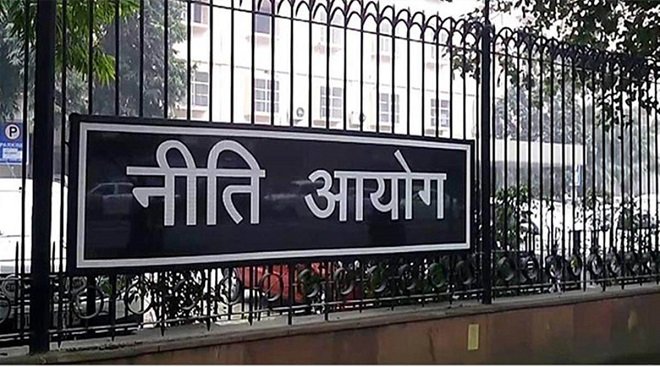Last Updated on April 29, 2025 11:59 am by BIZNAMA NEWS
R. Suryamurthy
The spectre of escalating trade tensions and concerns about weakening global demand is casting a shadow over agricultural commodity markets, with prices facing downward pressure, according to the World Bank’s latest Commodity Markets Outlook. While the sector has seen some price increases due to weather-related shocks affecting specific commodities like cocoa and coffee, the overall trend points towards moderation, and even decline, in prices for many key food and raw materials.
The report highlights the complex interplay of factors influencing agricultural commodity prices. In the first quarter of 2025, the World Bank’s agricultural commodity price index edged up by 1 percent, largely driven by a significant 16 percent surge in beverage prices. This spike was attributed to adverse weather conditions impacting cocoa and coffee production, pushing prices of these commodities to record highs.
However, this increase was tempered by declines in other segments of the agricultural sector. Food and raw material prices saw a decrease, partially offsetting the gains in the beverage sector. Looking ahead, the World Bank forecasts a mixed picture for agricultural commodity prices in 2025. While beverage prices are expected to continue their upward trajectory with a projected 20 percent increase, food and raw material prices are anticipated to decline by 7 percent and 2 percent, respectively. Overall, the agricultural price index is expected to remain broadly unchanged for the year.
The following year, 2026, is predicted to bring a more definitive downward trend, with agricultural commodity prices projected to decline by 3 percent.
Several factors contribute to this complex and somewhat volatile outlook. The shadow of trade tensions looms large, with concerns about their impact on global demand dampening prices for many agricultural commodities. The World Bank report emphasises that weaker-than-expected economic growth, potentially exacerbated by these trade disputes, represents a significant downside risk to agricultural commodity prices.
The imposition of trade restrictions on agricultural goods adds another layer of complexity. The effects of these restrictions can vary significantly depending on the specific products targeted and the structure of the markets involved. In some cases, if tariffs are imposed on imports that can be easily substituted by domestic production or imports from other countries, the impact on prices may be limited. However, in other instances, particularly when trade is concentrated between a few large players, trade restrictions can lead to significant price and quantity effects.
The report highlights the example of U.S. agricultural products, which could be particularly vulnerable to these trade tensions. China’s increased tariffs on U.S. exports have already reduced demand for U.S. crops, while simultaneously increasing demand and prices for crops from other exporting countries. The soybean market serves as a key example, with China’s significant role as a consumer influencing prices for alternative suppliers.
Beyond trade-related factors, the World Bank also points to other risks that could influence agricultural commodity prices. Biofuel policies, for instance, can create both upside and downside risks depending on how they affect demand for agricultural feedstocks. Additionally, the ever-present threat of extreme weather events remains a significant upside risk, as these events can disrupt production and lead to price spikes. The report notes the increasing frequency, intensity, and duration of heat waves, which can negatively impact crop yields and put upward pressure on prices.
Despite the overall downward pressure on prices, the report also acknowledges the potential for continued volatility in agricultural commodity markets. The sector has already experienced significant price swings in recent years, driven by factors such as the COVID-19 pandemic, supply chain disruptions, geopolitical events, and weather-related shocks. This volatility is expected to continue, driven by the ongoing interplay of global economic conditions, trade policies, and supply-side vulnerabilities.
The implications of these trends are significant, particularly for developing economies that rely heavily on agricultural exports. While lower food prices could offer some relief to consumers, especially in food-insecure regions, reduced export revenues could create challenges for agricultural producers and the overall economies of these nations.
The World Bank report underscores the need for careful monitoring of agricultural commodity markets and proactive policies to mitigate potential risks. This includes diversifying agricultural production, improving market access for farmers, and building resilience to climate-related shocks.



